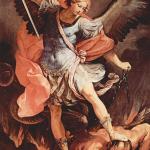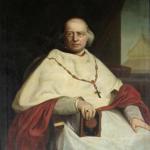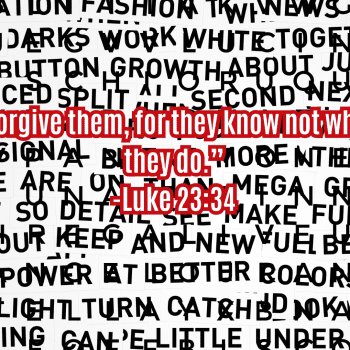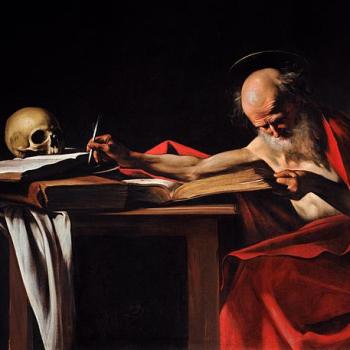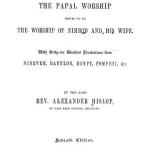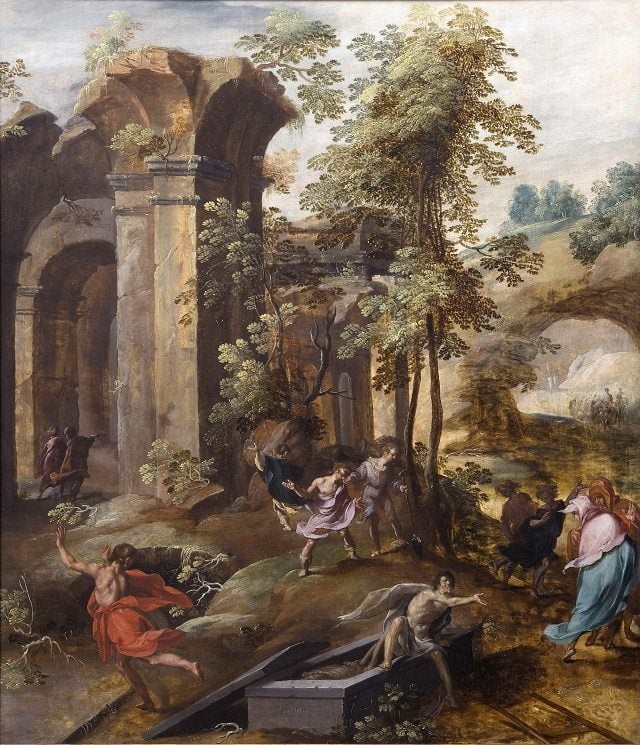
From one of my papers on the topic:
Examples of second-class relics (objects that came into contact with holy people) are also clearly found in passages about the prophet Elijah’s mantle, which parted the Jordan River (2 Kings 2:11-14), and Peter’s shadow (Acts 5:15-16) and Paul’s handkerchief (Acts 19:11-12), used by God to heal sick people and to cast out demons. If all of this is “magic,” then it is a sort of “magic” directly sanctioned by God Himself.
Protestant objectors will agree with some of this. But they claim that what cannot be found in the Bible is the excessive veneration of relics. They think that goes too far, and is idolatry. They remember the deeds of great heroes of the faith (Acts 7; Hebrews 11) and thank God for them, but contend that we shouldn’t get into worshiping bones or pieces of hair and so forth, or go on pilgrimages to “holy places.” That’s too much like paganism or heathenism and adds nothing to our spiritual life, so they say, because all places are equally “holy.”
We reply that if matter can indeed convey grace and blessing, according to the Bible, then we can give glory to God for what He has done with lowly matter by venerating (not worshiping) even now-inanimate objects.
And from another related paper:
Veneration is essentially different from worship or adoration (reserved for God alone); it is a high honor given to something or someone because of the grace revealed or demonstrated in them from God. The relic (and the saint from whom it is derived) reflects the greatness of God just as a masterpiece of art or music reflects the greatness of the artist or composer.
Therefore, in venerating it, God is being honored. The saint is being venerated only insofar as he or she is reflecting God’s grace and holiness. If such an item is worshiped, the person doing it is not following Catholic teaching, which fully agrees with Protestantism with regard to the evil of idolatry, or putting something besides God in the unique place of God.
Here are two more somewhat related papers of mine:
Sacred / Immaculate Heart Devotions & the Bible
Sacred Heart and Immaculate Heart: Biblical Reflections
***
(5-17-17)
Photo credit: The Miracle at the Grave of Elisha (1596), by Jan Nagel (c. 1560-1602). The dead man, who was thrown in Elisha’s tomb, comes back to life (2 Kings 13:21) [public domain / Wikimedia Commons]
***


